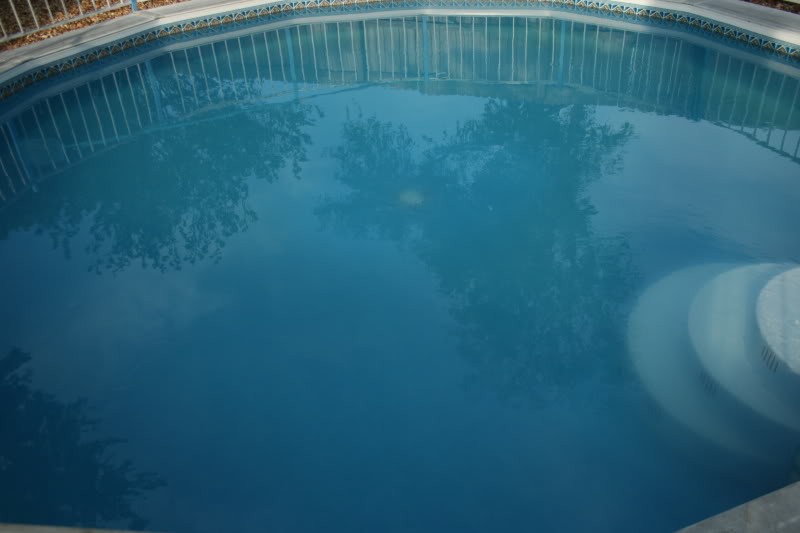Why is My Pool Water Cloudy?

Without any hesitation, I can tell you this is the number one tech question I get, almost daily. The frequency of this question causes me to see cloudy water in my sleep.
Although there are many reasons why pool water (and also spa water) may be cloudy, here are the top five:
1. POOR FILTRATION/CIRCULATION: If the pool filter is not properly functioning, or the water flow is restricted by a malfunctioning pump, circulation stoppage, or lack of “backwashing” the filter (reversing the flow of water through the filter to remove accumulated dirt), pool water will become cloudy. Poor filtration/circulation will always result in a constant battle against turbidity. The average turnover rate (the amount of time it takes for all the water to go through the filtration system ONE TIME should be between 6–8 hours. Anything less than 6 or greater than 8 hours indicates inefficient, ineffective filtration. If you have changed to a variable-speed, power-saving pump, you might want to recheck your circulation rate.
2. OUT OF BALANCE: If the water is out of balance and is on the scaling side, suspension of calcium carbonate particles is almost a guarantee. By balancing pool water, the calcium carbonate will go back into solution and turbidity will clear up.
3. ALGAE: Formation of incipient algae, which has not yet bloomed, will cause the pool water to become cloudy. This type of turbidity can be distinguished from other causes by the slippery feel on the pool’s surface. To correct this problem, shock the pool with 30 ppm chlorine.
4. HEAVY BATHER LOAD: A heavy influx of bathers at one time can overload the pool with organics, causing turbidity. An effective, preventive measure is a good shock treatment to clear the water and raise normal chlorine levels in anticipation of a heavy bather load.
5. OLD WATER: After hanging out in the pool for a few years, water (and particularly spa water) can get “tired” and become overloaded with solids that were normally dissolved (you couldn’t see them) but now are so high in numbers that they become “undissolved” (you can see them). For most residential pools, this means water that has never been replaced within 10–15 years. In public pools, the time to replace the water is usually dependent on bather load, but it should be replaced every 5–7 years. Using a water clarifier can help, but it’s just a Band-Aid — not a solution.
REMEMBER…If you can’t see the main drain, don’t get in…don’t even stick your big toe in the water!

